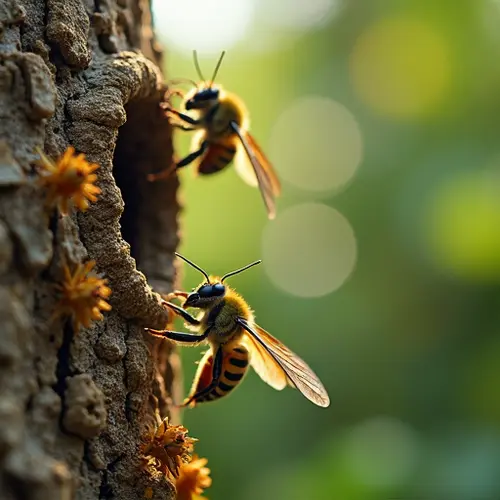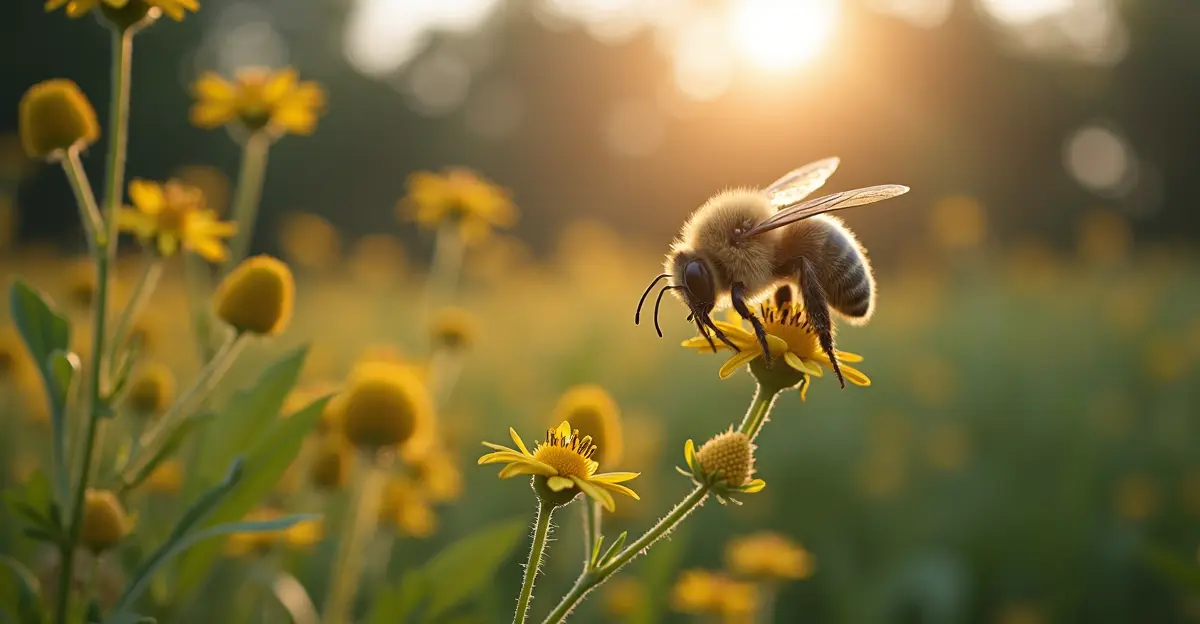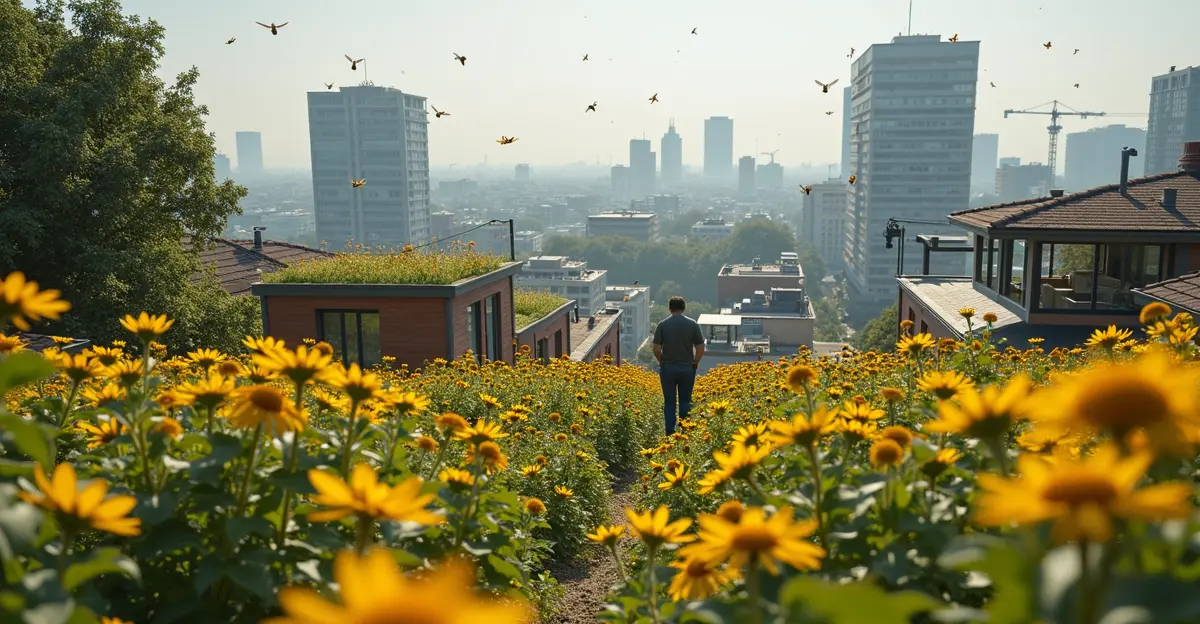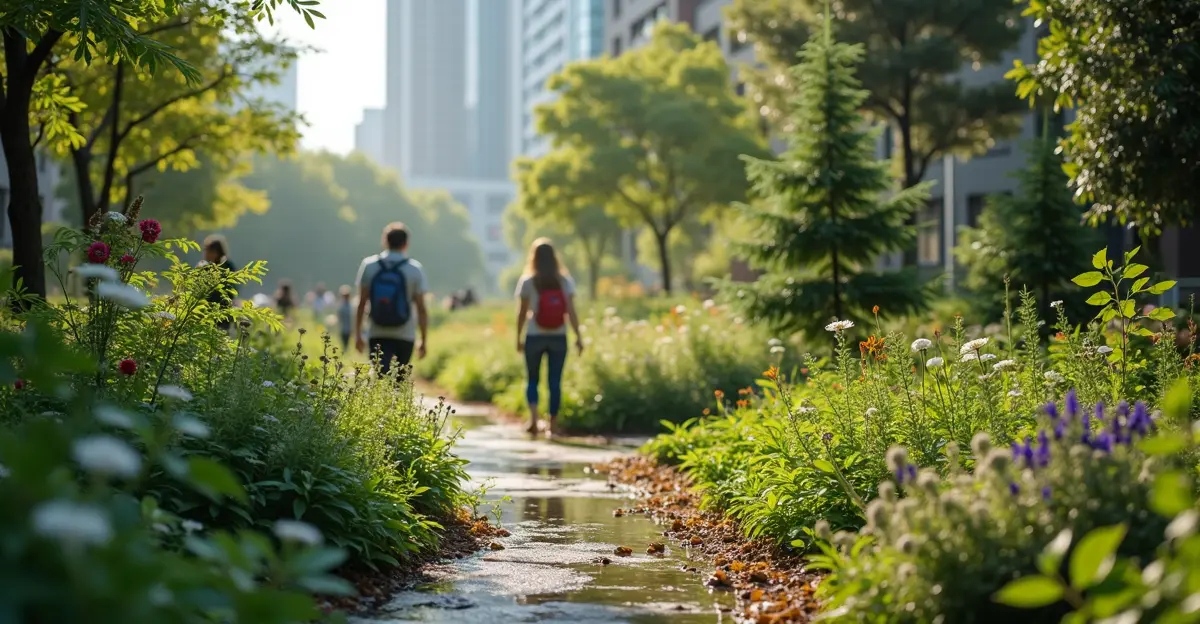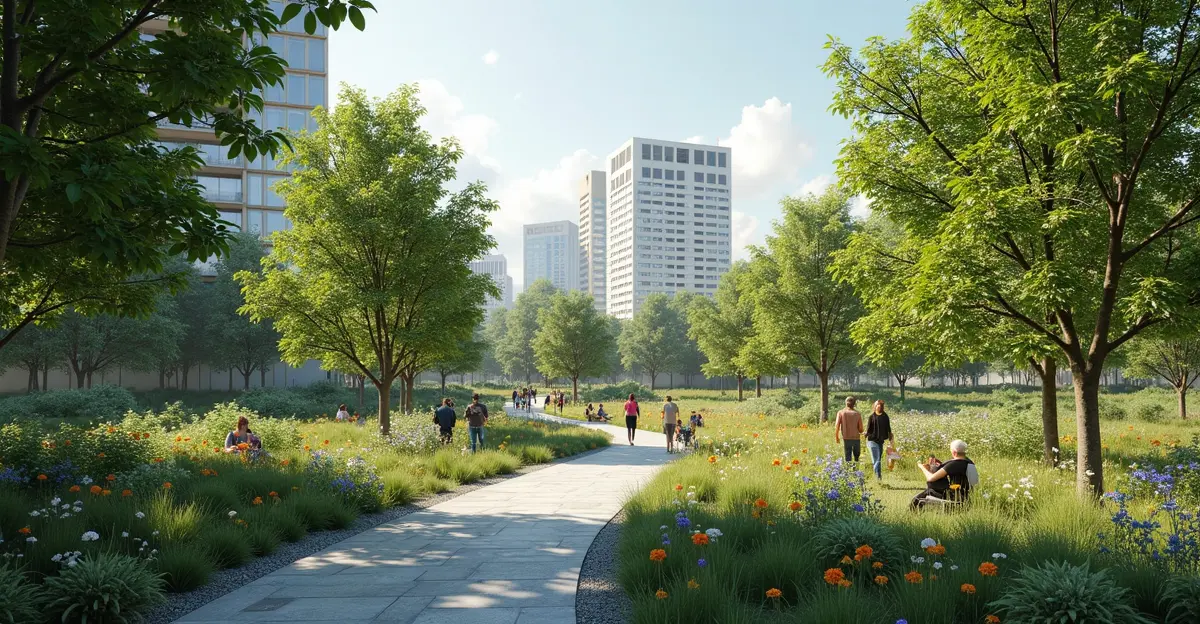Pollinator Pathways create connected green corridors to support bee populations, addressing habitat loss and boosting biodiversity. Community efforts and policy changes are crucial for success.
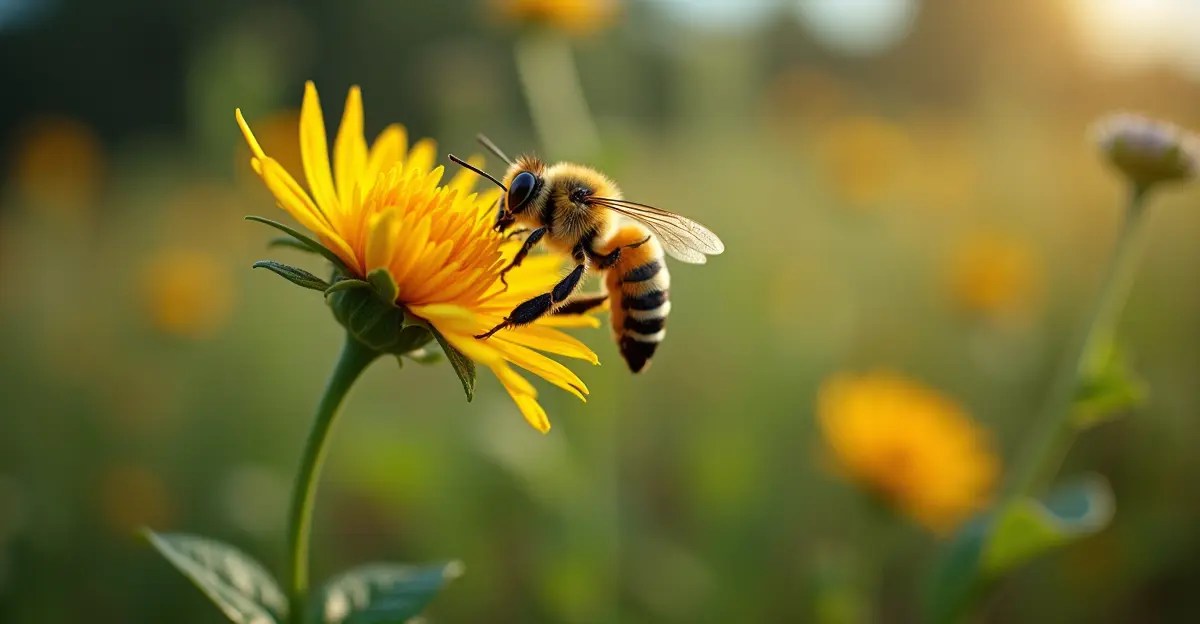
Pollinator Pathways: A Lifeline for Bees in Urban Landscapes
In an era where biodiversity is under threat, Pollinator Pathways have emerged as a crucial initiative to support bee populations by connecting fragmented green spaces. These pathways are designed to create continuous corridors of native plants, providing bees with essential food sources and habitats. The concept, gaining momentum globally, addresses the decline in pollinators, which are vital for ecosystem health and food security. According to the Food and Agriculture Organization, bees contribute to the pollination of over 75% of global food crops, making their conservation a priority.
The Science Behind Pollinator Decline
Bees face numerous challenges, including habitat loss, pesticide use, climate change, and diseases. A report by IPBES highlights that up to 40% of invertebrate pollinator species are at risk of extinction. This decline threatens agricultural productivity and biodiversity. Dr. Emily Carter, an entomologist at the University of Ecology, states, 'Pollinator Pathways are not just about saving bees; they are about sustaining our food systems. By linking isolated gardens and parks, we create refuges that boost bee resilience.' Research shows that connected habitats increase bee diversity and abundance, as bees can travel safely between feeding and nesting sites.
How Pollinator Pathways Work
Pollinator Pathways involve planting native flowering plants along routes that connect urban parks, community gardens, and natural reserves. These plants bloom at different times, ensuring a steady supply of nectar and pollen. Initiatives often include reducing pesticide use and installing bee hotels. For example, the Pollinator Pathway Project in North America has established over 500 pathways, involving volunteers and local governments. In Europe, similar efforts are promoted by the EU Pollinators Initiative, aiming to reverse pollinator decline by 2030.
Community Involvement and Success Stories
Community engagement is key to the success of Pollinator Pathways. Residents are encouraged to plant bee-friendly gardens, creating a network from backyards to public spaces. In the Netherlands, cities like Amsterdam have integrated pathways into urban planning, resulting in a 45% increase in bee species since 2020. Jan de Vries, a local beekeeper, shares, 'Seeing bees thrive in the city gives me hope. Every small garden contributes to a larger solution.' Schools and businesses also participate, educating the public on pollinator importance. A 2025 study by GreenWorld International found that pathways can increase crop yields by up to 20% in adjacent farms.
Challenges and Future Directions
Despite progress, challenges remain. Urbanization continues to fragment habitats, and funding for large-scale projects is limited. Climate change alters flowering seasons, disrupting bee foraging. Experts advocate for policy support, such as incorporating pathways into environmental laws. The future lies in technology, with apps like BeePath using GPS to map and optimize pathways. As Ava Bakker, author and conservationist, notes, 'This is a grassroots movement with global impact. We must act now to ensure bees survive for generations.' With continued effort, Pollinator Pathways can become a standard in conservation, fostering a greener, bee-friendly world.

 Nederlands
Nederlands
 English
English
 Deutsch
Deutsch
 Français
Français
 Español
Español
 Português
Português





